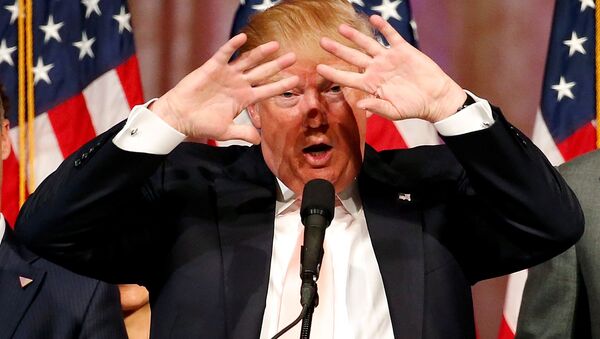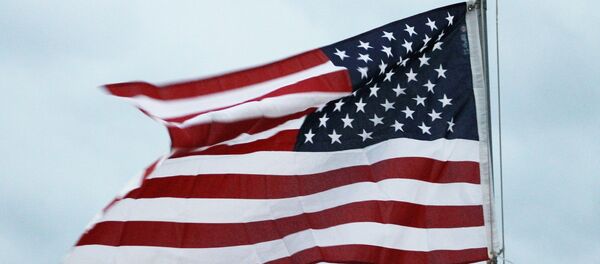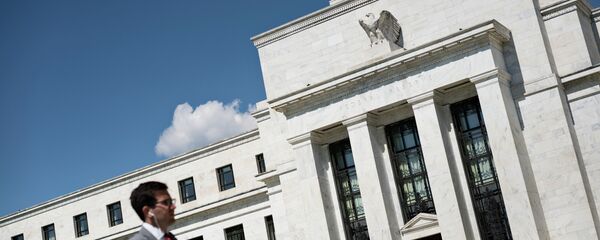Kristian Rouz – With the US economy having slowed down throughout late 2015-mid 2016, and barely rebounded in the second half of this outgoing year on the increase in soybean exports, the cautious optimism entailing the election of Donald Trump for President has not yet translated into a decisively brighter economic outlook into 2017.
Besides, every Republican administration in the White House since the World War II has faced a recession during its tenure. Albeit different in scale and stemming from various reasons each time, the pattern is persistent given the headwinds the US economy is facing now. With the end of another 10-year economic cycle approaching in the near-term, a recession would be even harder to avoid, which is perhaps the greatest domestic challenge to the Trump administration, set to take office on 20 January 2017.
The Federal Reserve expect the US jobless rate to dip 0.1pc by late 2017 to 4.5pc, whilst the inflation would be flat throughout the next year at 1.9pc, still below the central bank’s target of 2.0pc. Even the ‘full employment’ situation (i.e. jobless rate below 5.0pc) might fail to propel the economy to quicker growth due to the structural challenges, where many jobs do not produce enough market-competitive material wealth to translate into any substantial GDP expansion.
“The overall picture is quite inconsistent,” Thomas Costerg of the New York-based Standard Chartered Bank said. “It tends to undermine those dots (the Fed’s near-to-mid-term economic outlook). What is the message you are trying to convey?”
Now that Trump is taking office, he will not be the first Republican President to be sworn in when the economy is in a bad place. When Ike Eisenhower became President in 1953, the economy was distressed due to the strains imposed by the US involvement in the lengthy Korean War. In 1981, Ronald Reagan inherited a massive inflation, reaching above 10pc, from Jimmy Carter, whilst the economy was still battling the consequences of the 1970s oil crisis and the dismantling of the dollar-based global exchange rates system.
While Trump has vowed to deal with the current poor state of affairs in the economy with his massive fiscal stimulus, focused on energy and infrastructure investment, in the past, it was the Fed who stepped in to repair the system.
The demand-driven recession of 1953 ended when the Fed increased the availability of reserves with its monetary policy adjustments. In the early 1980s, the Fed Chair Paul Volcker hiked base interest rates to roughly 20pc, a screaming murder of debt-driven consumer demand, thus curbing the inflation that had run out of control.
The main concern is, whether the Trumpian supply-side economics will indirectly support or lift up the demand so that disposable incomes outpace the inflation. If so, Trump’s mission dodging the recession and achieving quicker GDP growth would be complete. Should something go wrong on the transmission stage, a probability of an economic downturn is more likely.
Talking about transmission, just for the record, it is quite dysfunctional, both on the economic policy, and on the political governance sides of things, with the Fed’s policy action failing to translate into shifts in the economy, and sweeping corruption in Washington. That said, whether Trumponomics will succeed will largely depends on the new President’s ability to deliver on the ‘draining the swamp’ pledge.




